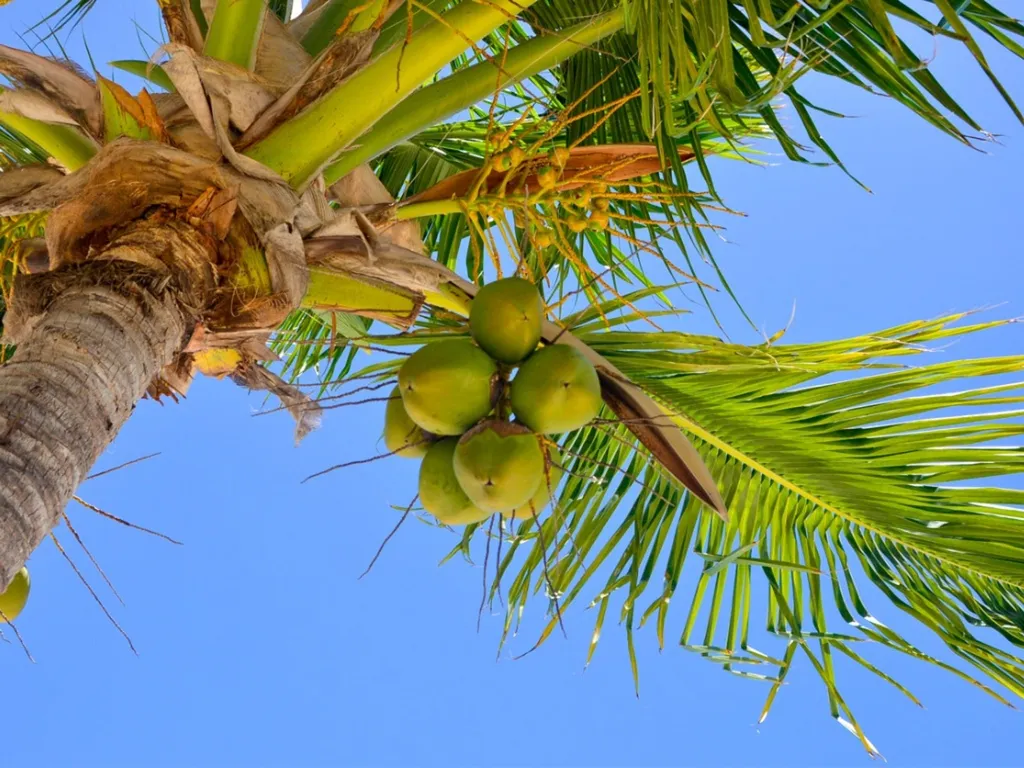+1-214-701-9955
- Gardening For Food. A better way of living

How To Grow And Care For A Coconut Tree
The coconut palm gives the biggest tropical bang for your buck of any other plant. It is highly valued as a landscape ornamental but is also an important commercial crop in many warm-weather countries. Copra, dried coconut meat from the fruit, is used to make coconut oil, a standard ingredient of soap, shampoo, cosmetics, cooking oils, and margarine. This large palm grows with a single, light-brown columnar trunk, swollen at the base, topped with fronds. Tall varieties can shoot up to 100 feet, while dwarf varieties are more appropriate for small gardens.
QUICK FACTS:
Botanical name: Cocos nucifera
Height: to 100 Feet
Spread: to 40 Feet
Sun exposure: Full sun
Soil requirements: Moderately fertile, humusy, moist, well-drained soils
Hardiness zones: 10 - 12
When to plant: Sow seeds in spring, transplant when it is warm and rainy.
Coconut Tree Care
If you are wondering how to grow a coconut tree, its important to first understand the plant’s cultural requirements.
Light - Coconut palm trees require direct sun, and generally, the more the better for fruiting.
Water - Coconut plants require a continuous supply of water to keep the soil moist, and this can be partially provided by rainfall. But note that th e coconuts cannot tolerate water logging.
Temperature & Humidity - Needs a minimum temperature of 64 degrees F. to produce fruit.
Soil For the best growth, plant your coconut tree in well-drained soil. It should also be fertile and moist.
Fertilizer - If you don’t give your coconut palm fertilizer, you are likely to see nutritional deficiencies. Feed it regularly with a "palm special" fertilizer. Look for one that includes the N, K, and Mg in a controlled-release form so that these nutrients will not quickly leach out. Apply fertilizer with a rotary spreader and cover all soil beneath the canopy of the palm.
Problems, Pests & Diseases - Look out for the leafhopper. This insect spreads the serious disease of lethal yellowing. It has already killed thousands of coconut palms in Florida. Look for a resistant variety if you are just planting. Other pests can be problems too, like the palm leaf skeletonizer, aphids, nematodes, spider mites, and scale.
How to Plant a Coconut Tree
If you are growing a coconut palm from seed, plant it in spring. However, in mild climates, transplant them in the warmest, rainiest summer months. If you are transplanting, drop the new plant an inch (2.5 cm) below the soil's surface. Water right away and apply a few inches of mulch. Provide an inch of water every week immediately after planting.